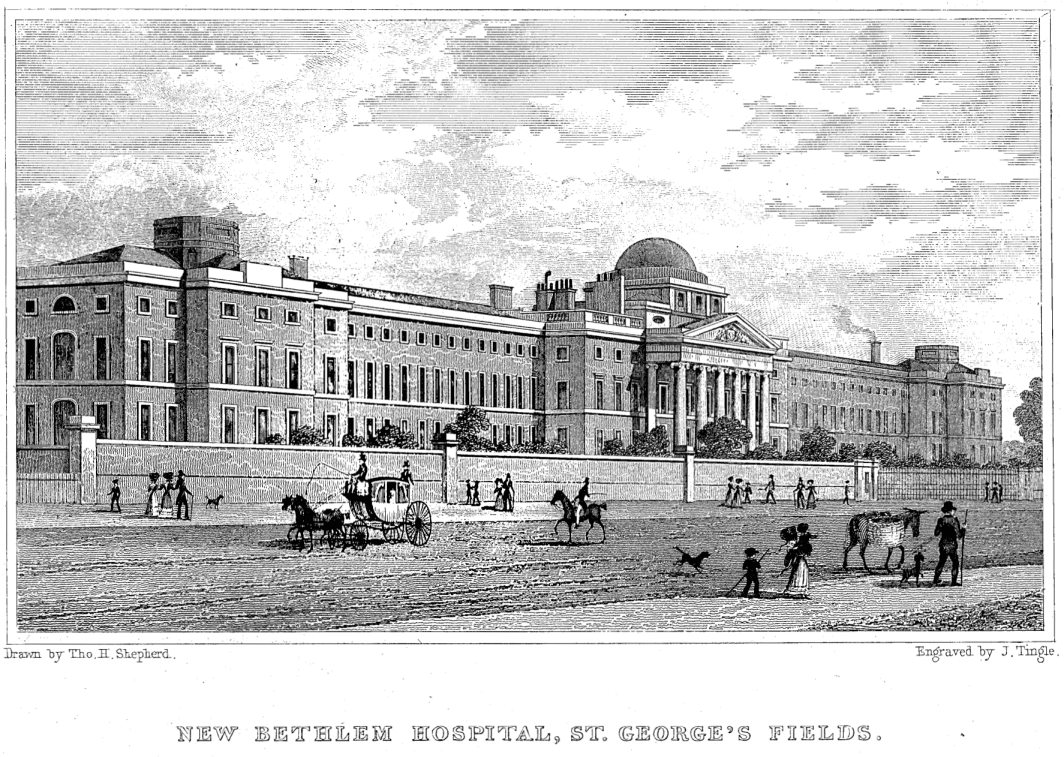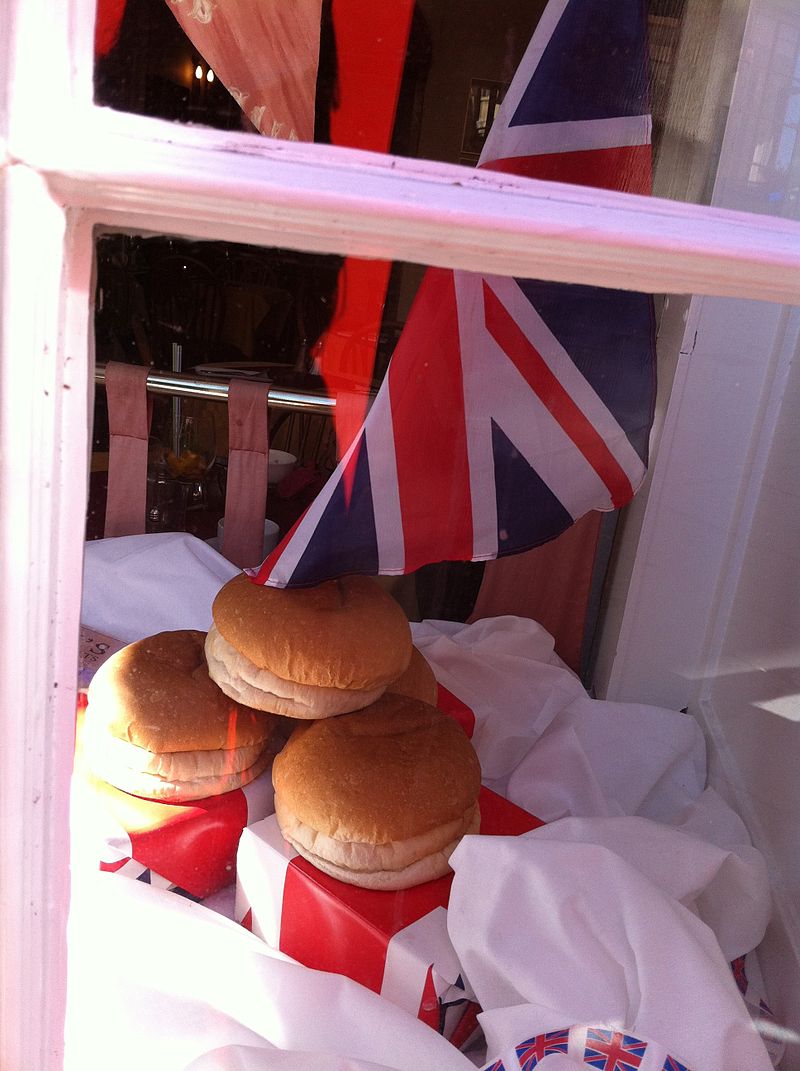Banbury cakes
 Banbury cakes were first made by Edward Welchman, whose shop was on Parsons Street. Documented recipes were published by Gervase Markham and others during the 17th century. These recipes generally differ largely to the modern idea of a Banbury cake, in terms of their size, the nature of the pastry, and how the cake is made. In the late 19th century, the notorious refreshment rooms at Swindon railway station sold "Banbury cakes and pork pies (obviously stale)".
Banbury cakes were first made by Edward Welchman, whose shop was on Parsons Street. Documented recipes were published by Gervase Markham and others during the 17th century. These recipes generally differ largely to the modern idea of a Banbury cake, in terms of their size, the nature of the pastry, and how the cake is made. In the late 19th century, the notorious refreshment rooms at Swindon railway station sold "Banbury cakes and pork pies (obviously stale)".
 Besides currants, the filling typically includes mixed peel, brown sugar, rose water, rum, and nutmeg. Banbury cakes were traditionally enjoyed with afternoon tea.
According to The History of Banbury by Alfred Beesley (1841),
Besides currants, the filling typically includes mixed peel, brown sugar, rose water, rum, and nutmeg. Banbury cakes were traditionally enjoyed with afternoon tea.
According to The History of Banbury by Alfred Beesley (1841),
"If the fame of Banbury Cheese has so nearly departed, that of Banbury Cakes, recorded from the days of Philemon Holland and Ben Jonson (in 1608 and 1614), has continued till the present time. Mr. Samuel Beesley, the proprietor of the cake shop which in the last century was conducted by the White family,8' sold, in 1840, no fewer than 139,500...It is probable that the Banbury Cakes of the present day are made pretty nearly the same as those of the time of Holland and Ben J on son. The present Mr. Dumbleton (who was bom in 1765) remembers this sort of Cakes as being considered an antiquated production in the days of his youth; and he states that his father, who was born in the year 1700, spoke of them in the same way. The importation to this country of those small grapes which are the "currants" of commerce, and which are used in the manufacture of Banbury Cakes, was much earlier than this period. Ben Jonson (in his " Bartholomew Fair **) writes of the Banbury Puritan, a baker and cake-maker, as having "undone a grocer here, in Newgate market, that broke with him, trusted him with currants, as arrant a zeal as he."
The Cakes are of an oval, but rather diamond-shaped, figure: the outside is formed of rich paste, and the interior consists of fruit, &c, resembling the contents of a mince pie.
This 1615 recipe from Gervase Markham's The English Huswife, Containing the Inward and Outward Virtues Which Ought to Be in a Complete Woman is probably quite close to the original recipe. For a modern version, though, try Dan Lepard's "Jacobean Banbury Cakes". Elena Greene offers a more modern (1825) version on her blog, Risky Regencies.

Historical information from Wikipedia.com


